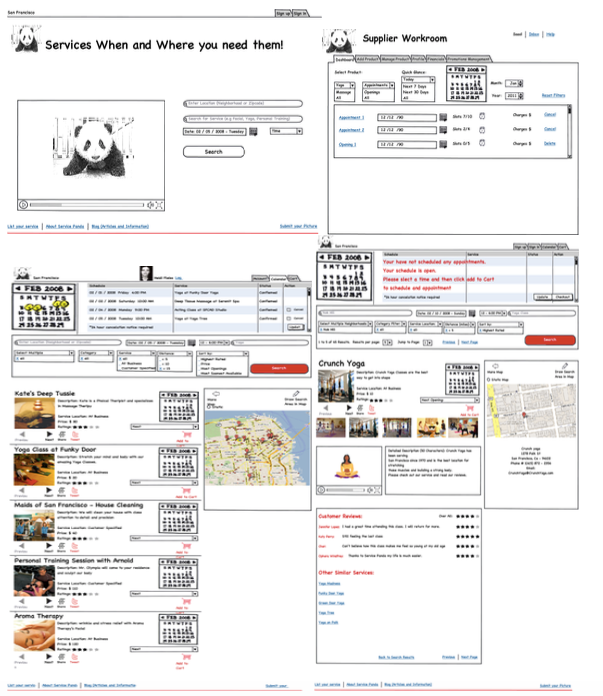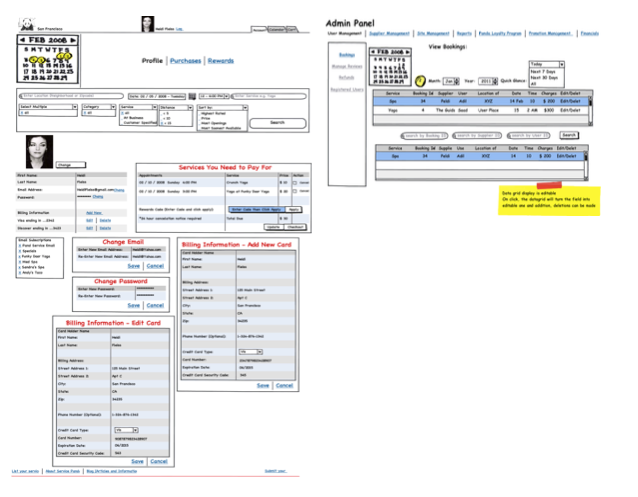
Many of our incoming leads would ask us about the app development process. So, we decided to write an article that will provide an overview of our practices. Note that in this article, I will outline the process we follow for any entrepreneurs coming up their ideas and we are engaged to bring those to market. Also, this guide can help anyone who is planning to hire any development agency.
Discovery
Whenever an inquiry comes to us, we start off with the discovery process. During this process, we try to get as much info from the client. This process starts with signing an NDA so that both parties are comfortable talking to one another. We do tell our clients it’s better to sign NDAs to safeguard their intellectual property.
To capture their idea in full, we try to understand their targeted market base, size of the opportunity, platforms to build upon, customer acquisition plans, monetization models, and so on. During this process, we try to make sure that our clients understand the real value of their idea and get realistic about the opportunity. All that process is done before any contract signing, as we try to keep this independent of any obligation and both parties feel free to engage or not. This process helps us in clarifying the expectations of the client and also our role as a consultant to add value.
Design/Wireframing process
Once this discovery phase is done, and our client is ready to pursue his/her idea, then start off with the app design/wireframing process. Here we try to capture all of their business needs via mockups, and the result of it is the design layouts. During this phase, we try to capture all the functionality and features that the customer is planning to develop the 1st version of the app. We make this process interactive, adding more detail to each and every step.
Following snaps are from one of our client’s work. We try to capture as much as we can.


System Design
Once the client signs off on the designs and mock-ups, then we move on to building the app. Next step is the selection of the right tools — based on the customer requirements. This process is led by our experienced system designers (high-level architect) to determine the architecture of the app, tools to be used, man-hours required for each phase, and maintenance requirements down the road.
I will try to keep this part simple as possible. As the process is handled by experienced developers and details of it would be difficult to cover in few sentences.
The most significant question for the system architect at this point is to determine the usage requirements and how to build to build a technology stack that scales well.
For web development, the system designer has to select the proper tools for the front end, server side, and the databases. Front-end options can vary from picking simple front-end frameworks (Bootstrap, Bulma, and others) to JavaScript Front-end Frameworks (React, Angular, and others). For server side programming, we have to choose the right languages like PHP, Ruby, Django, NodeJS and so on.
For mobile apps, we have to choose between the Native vs. Hybrid platforms. JAVA, Kotlin, Swift, Objective C are all example of Native languages to build Android or iOS Apps. We can use Hybrid frameworks like React Native and Ionic for hybrid applications. Again, the choice is much dependent upon the complexity of the application and scaling goals. Our experienced system architect determines all this.
Coding
After this, we start our coding and development process. For this process, we use agile development with frequent iterations often and test extensively. During all of the process, we do involve client for testing and feedback of the different components in the building process.
Client Involvement
We try to keep our clients engaged as early in the process as we can. We get their feedback on each step and also try to guide them throughout the process so that they have a clear understanding of where the project is. Usually, a project manager will look after this process. The task of the project manager is to get the details from the right department and then translate it to our customer in form and manner that is understandable and actionable. For this kind of interaction, we use different channels, are open to the ones that customers prefer. In general, Skype, Slack, are the most preferred and frequently used.
Deployment of Applications
Few of our clients, with simple applications, will choose to deploy applications themselves. In case of the complex applications, customers engage us in helping them with the process.
To talk to use more, please go to App2Dev.com